
In 1934, a young student Arnold Samuelson read Ernest Hemingway’s short story “One Trip Across.” Inspired by what he had read, the 22-year-old decided to travel across America to visit the author and ask his advice about writing.
Samuelson had just finished a journalism course at the University of Minnesota and had ambitions to become a writer. He packed a bag and hitch-hiked his way down to Key West. When he arrived, he found the place, like the rest of America, in the grip of the Depression. He spent his first night sleeping rough on a dock, and was woken during the night by a policeman who invited Samuelson to sleep in the local jail. He accepted the offer, and the next day, Samuelson ventured out in search of his hero’s home.
When I knocked on the front door of Ernest Hemingway’s house in Key West, he came out and stood squarely in front of me, squinty with annoyance, waiting for me to speak. I had nothing to say. I couldn’t recall a word of my prepared speech. He was a big man, tall, narrow-hipped, wide-shouldered, and he stood with his feet spread apart, his arms hanging at his sides. He was crouched forward slightly with his weight on his toes, in the instinctive poise of a fighter ready to hit.
Hemingway didn’t hit the young fan, but asked what he wanted. Samuelson explained how he had read “One Trip Across” in Cosmopolitan, and wanted to talk with him about it. Hemingway thought for a moment, then told Samuelson to come back the next day at one-thirty.
Samuelson returned at the appointed time to find Hemingway sitting on his porch. They started talking and Hemingway gave the following advice:
“The most important thing I’ve learned about writing is never write too much at a time,” Hemingway said, tapping my arm with his finger. “Never pump yourself dry. Leave a little for the next day. The main thing is to know when to stop. Don’t wait till you’ve written yourself out. When you’re still going good and you come to an interesting place and you know what’s going to happen next, that’s the time to stop. Then leave it alone and don’t think about it; let your subconscious mind do the work. The next morning, when you’ve had a good sleep and you’re feeling fresh, rewrite what you wrote the day before. When you come to the interesting place and you know what is going to happen next, go on from there and stop at another high point of interest. That way, when you get through, your stuff is full of interesting places and when you write a novel you never get stuck and you make it interesting as you go along.”
They then started talking about books, with Hemingway asking:
“Ever read War and Peace? That’s a damned good book. You ought to read it. We’ll go up to my workshop and I’ll make out a list you ought to read.”
Inside the house, Hemingway wrote down a list of fourteen books and two short stories, which he suggested a young writer should read:
“The Blue Hotel” by Stephen Crane
“The Open Boat” by Stephen Crane
Madame Bovary by Gustave Flaubert
Dubliners by James Joyce
The Red and the Black by Stendhal
Of Human Bondage by Somerset Maugham
Anna Karenina by Leo Tolstoy
War and Peace by Leo Tolstoy
Buddenbrooks by Thomas Mann
Hail and Farewell by George Moore
The Brothers Karamazov by Fyodor Dostoyevsky
The Oxford Book of English Verse
The Enormous Room by E.E. Cummings
Wuthering Heights by Emily Bronte
Far Away and Long Ago by W.H. Hudson
The American by Henry James

He then gave Samuelson a collection of Stephen Crane’s short stories, and a copy of A Farewell to Arms. When Hemingway heard Samuelson was sleeping at the town jail, he invited him to sleep on his 38-foot cabin cruiser Pilar, and keep it in good condition. Over the next year, Samuelson worked for Hemingway and traveled with him on trips to the Florida Keys and Cuba. He later published a memoir based on his experiences, With Hemingway: A Year in Key West and Cuba.
Below a brief news item on Ernest Hemingway, looking back to the Nobel Prize-winning novelist’s life in Key West.
Via Open Culture






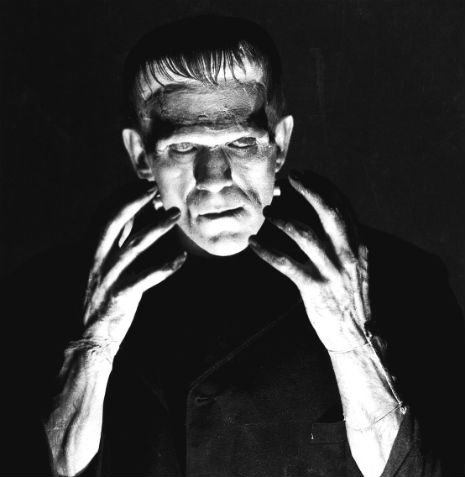
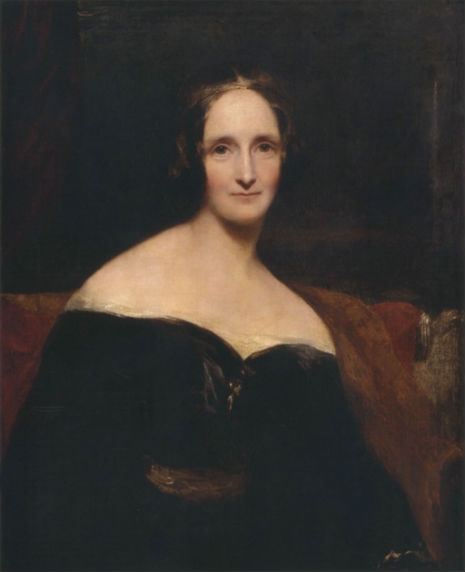
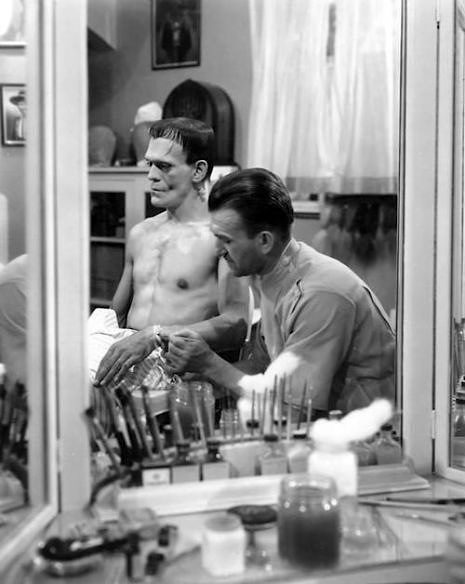



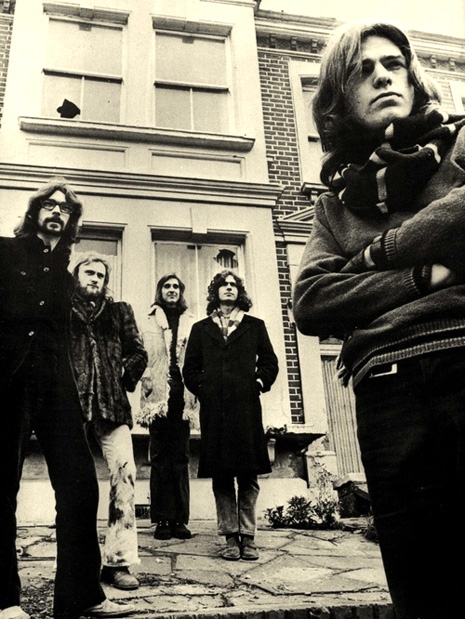
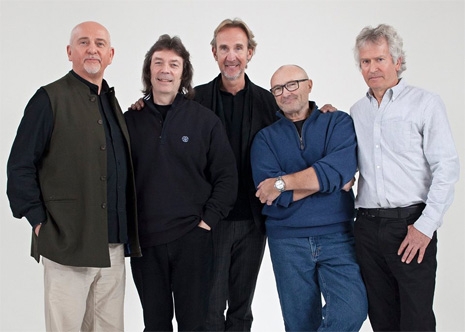
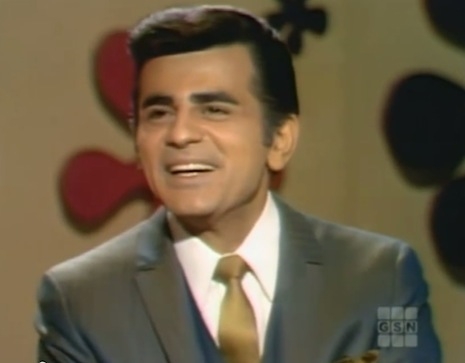
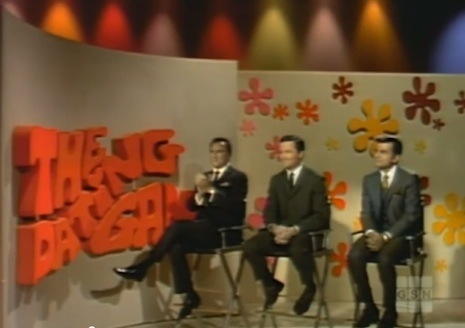



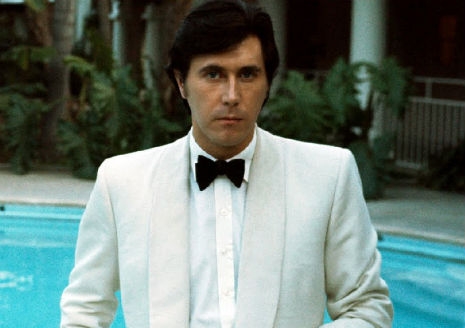
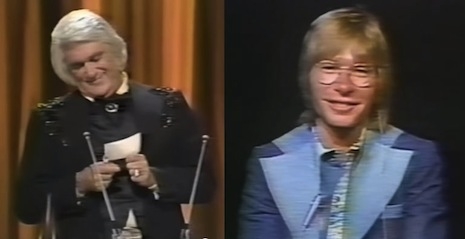
+-+LP+RECORD-418333_465_459_int.jpg)